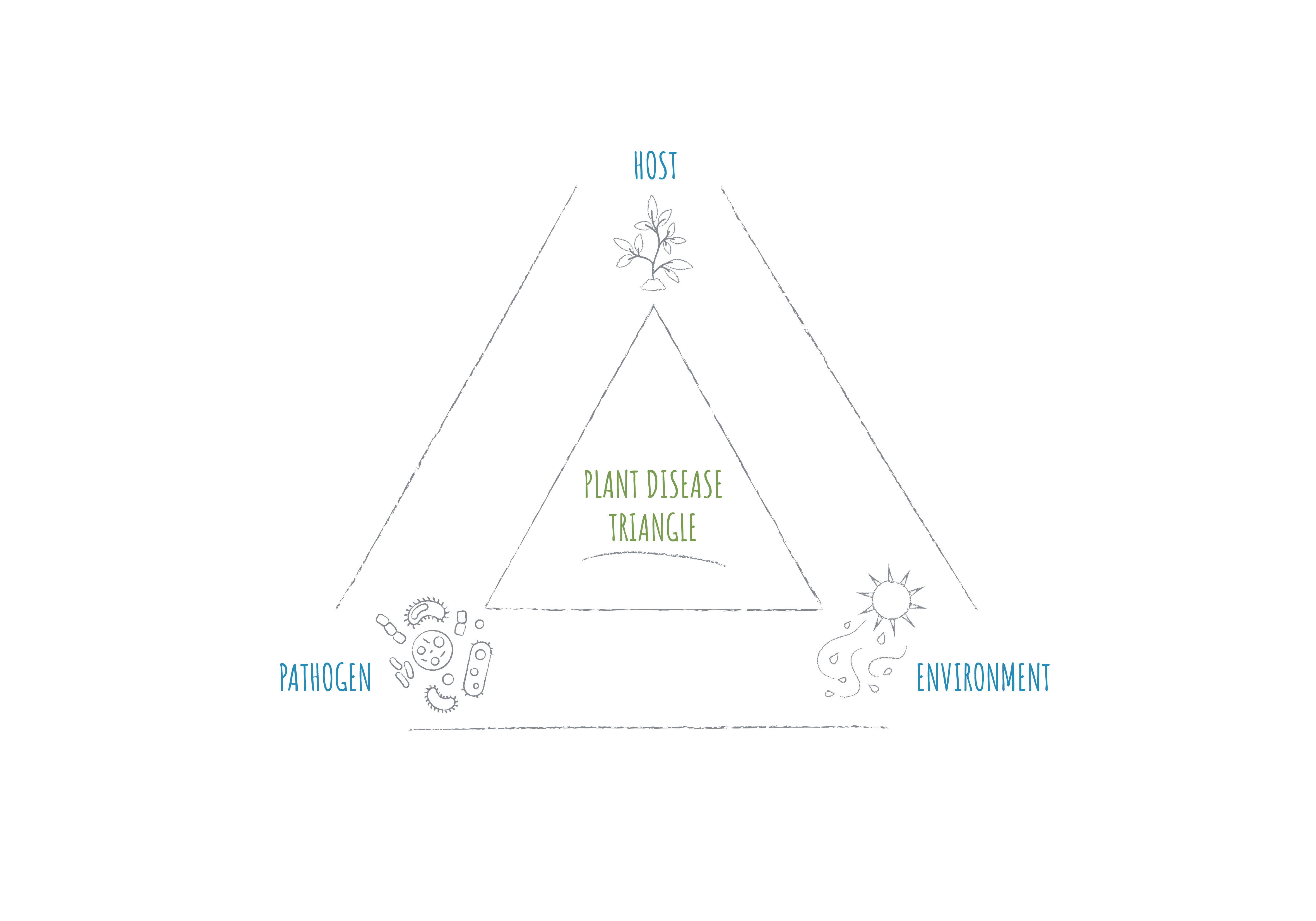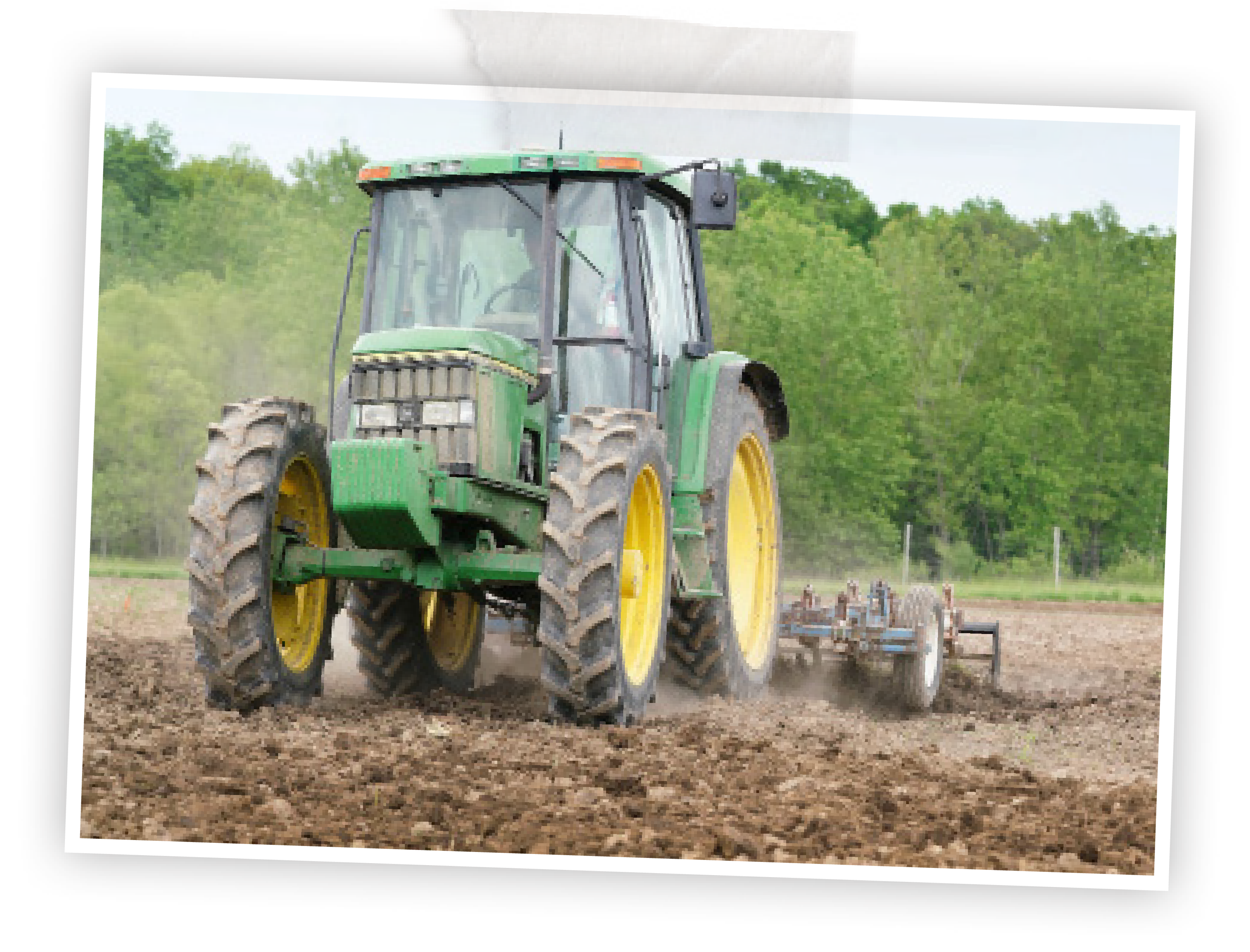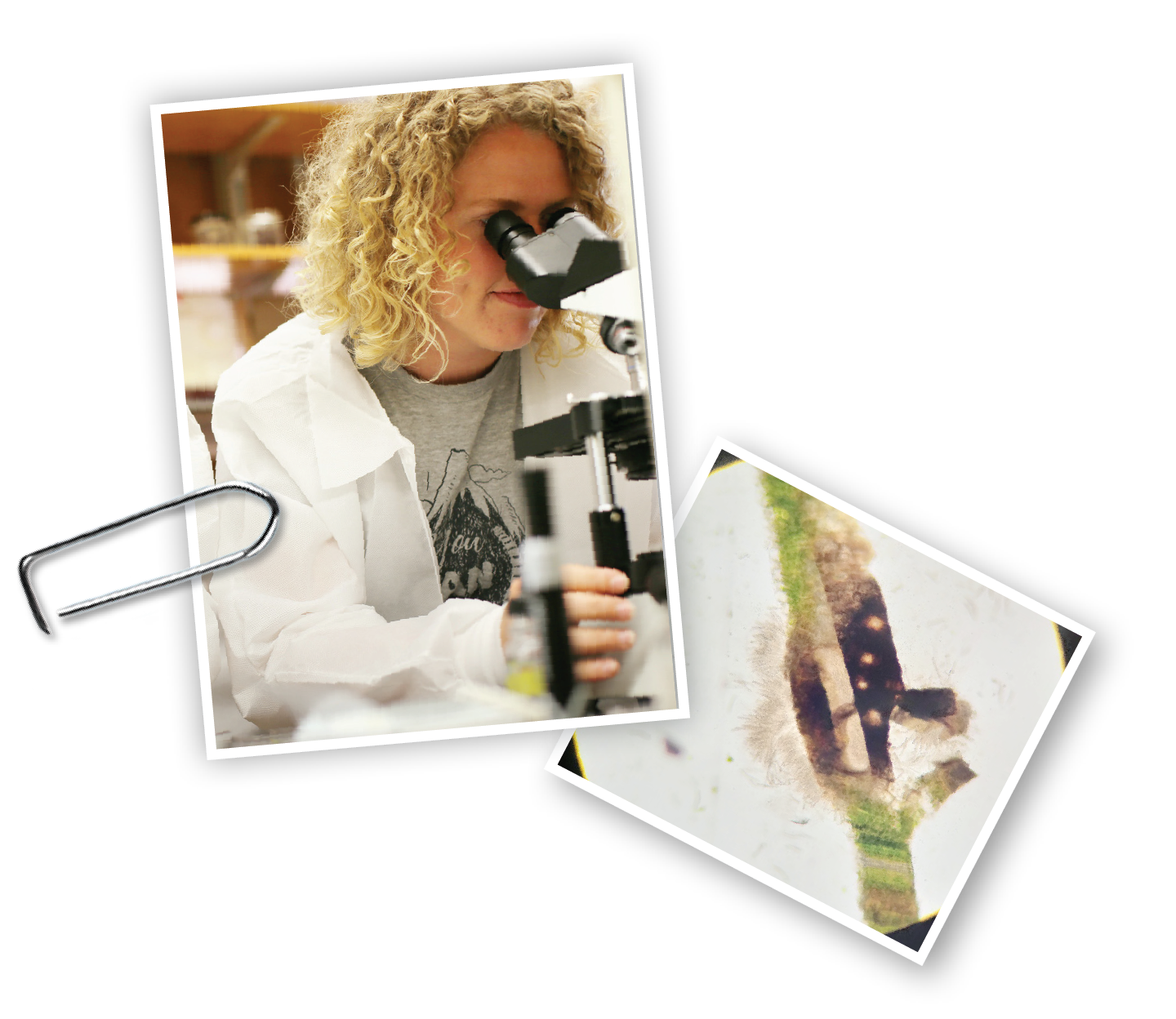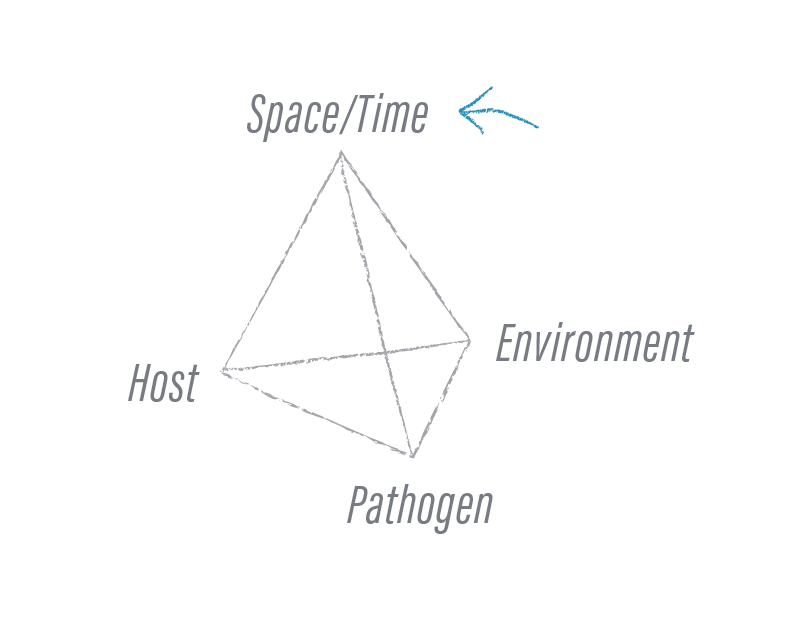the big idea
Fighting a plant pandemic
THE DISEASE TRIANGLE
Plant disease requires three things to establish in a crop: a host susceptible to a pathogen, the presence of a harmful pathogen and the environmental conditions favorable for infection. Plant disease epidemiology is the study of how these three elements of the disease triangle interact to cause disease in plant populations across space and time. Read on for some of the tools Purdue scientists use to detect, quantify, analyze, predict and control plant pandemics.


▸ GENETIC TECHNIQUES
Tiffanna Ross (PhD ’22, botany & plant pathology) pipettes tar spot DNA; researchers are using a draft genome to understand tar spot’s interaction with the plant host. They’re also identifying chromosomes in corn that impart resistance to tar spot.

▸ GENETIC TECHNIQUES
Tiffanna Ross (PhD ’22, botany & plant pathology) pipettes tar spot DNA; researchers are using a draft genome to understand tar spot’s interaction with the plant host. They’re also identifying chromosomes in corn that impart resistance to tar spot.

▸ DATA-DRIVEN SURVEILLANCE
Andrés Cruz, certified UAV pilot and lab technician, flies a surveillance drone. Combined with imagery, crop age and geolocation, drone data can help map how plant diseases behave.

▸ AGRICULTURAL PRACTICES
Practices like tilling and crop rotation can sometimes help manage pathogens.

▸ DATA-DRIVEN SURVEILLANCE
Andrés Cruz, certified UAV pilot and lab technician, flies a surveillance drone. Combined with imagery, crop age and geolocation, drone data can help map how plant diseases behave.

▸ AGRICULTURAL PRACTICES
Practices like tilling and crop rotation can sometimes help manage pathogens.

▸ Understanding pathogens & disease
Purdue experts advise growers on the right time and dosage when fungicides are necessary. Here, Assistant Professor Darcy Telenko applies fungicide to a test plot.
The fruiting body of the tar spot fungus produces the spores that can infect plant tissue.
▸ FUNGICIDE
Purdue experts advise growers on the right time and dosage when fungicides are necessary. Here, Assistant Professor Darcy Telenko applies fungicide to a test plot.


Monitor these elements across space or time and you get a disease pyramid.
Purdue Agriculture, 615 Mitch Daniels Blvd, West Lafayette, IN 47907-2053 USA, (765) 494-8392
© 2025 The Trustees of Purdue University | An Equal Access/Equal Opportunity University | USDA non-discrimination statement | Integrity Statement | Copyright Complaints | Maintained by Agricultural Communications
Trouble with this page? Disability-related accessibility issue? Please contact us at ag-web-team@purdue.edu so we can help.
